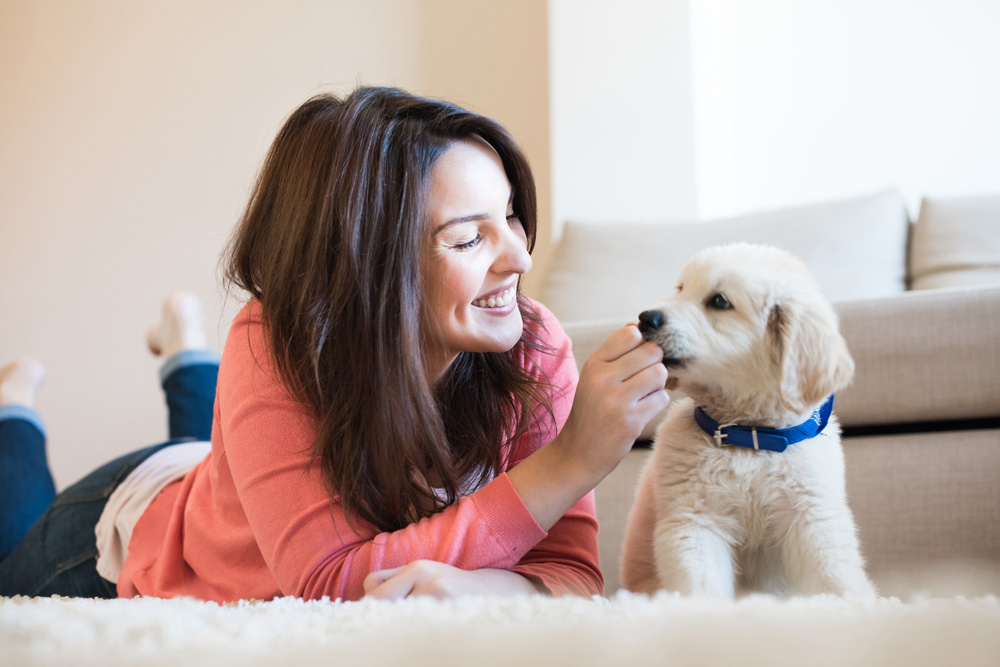Congratulations!
There is nothing more exciting than having a new puppy! It can also be a full-time job that is very demanding! The result of meeting these demands is such a joyous and fulfilling achievement.
If you put in a lot of time and effort at the beginning with training a puppy at a young age, you will have a dog who is well-behaved, mannered and a true enhancement to your family.
On the flipside: if you do not invest in training you may end up with a dog that is out of control and makes life difficult!
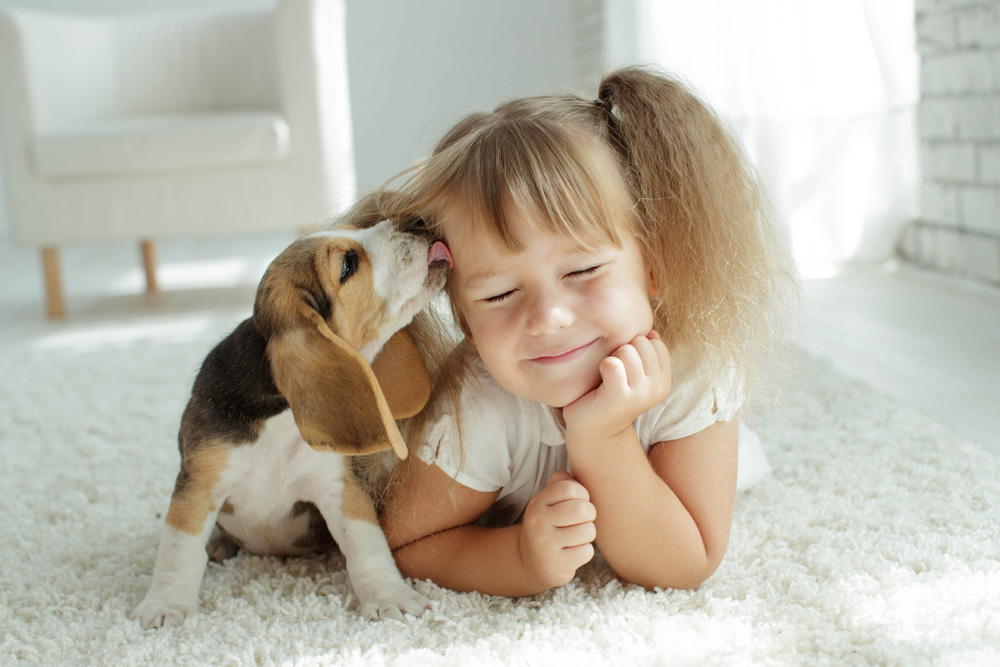 Be Prepared
Be Prepared
Before you begin your hunt for all the essential pet items, you will need to prepare your SELF, your family, and your home!
- Research and educate yourself on the breed of dog you are considering. Different dog breeds have a spectrum of needs and demands, you will want to ensure your dog is a good fit.
- Consider getting the best dog training books, so training can begin right away!
- Prepare your family for a new puppy and make sure everyone understands the responsibility. Oftentimes children need to be taught how to properly handle a dog as to not stress or hurt the dog.
- Puppy proof your home to ensure there is nothing the new puppy can get into that can cause it harm. You may want to purchase some pens or gates to create boundaries for the puppy.
- Prepare yourself for the time commitment that a puppy will require while they are young, as well as the life-long commitment you are making. Dogs live at least 10 years on average and will be your responsibility! You must be ready.
Puppy Supplies You Will Need
You need to purchase and stock some of the basics ahead of time. This will help you and your puppy to settle. Here’s what you need to prepare for your coming puppy:
- Dog crate
- Water/food bowls
- Chew toys
- Nutritious Food
- Healthy training treats
- Best Dog Training books
- Leash and collar
- Bed
- Odor/Stain removing cleaners
- Dog gates/Crate
- Grooming Tools
- Potty pads
Helping Puppies Adjust to a New Home
So you’ve prepared all the things needed for a new puppy, like researching, reading some of the best dog training books, and gathering supplies. On that very exciting adoption day, your new puppy may be stressed from the transition. There is a lot we can do to ensure we make it as safe and stress free as possible.
First Car Ride Home
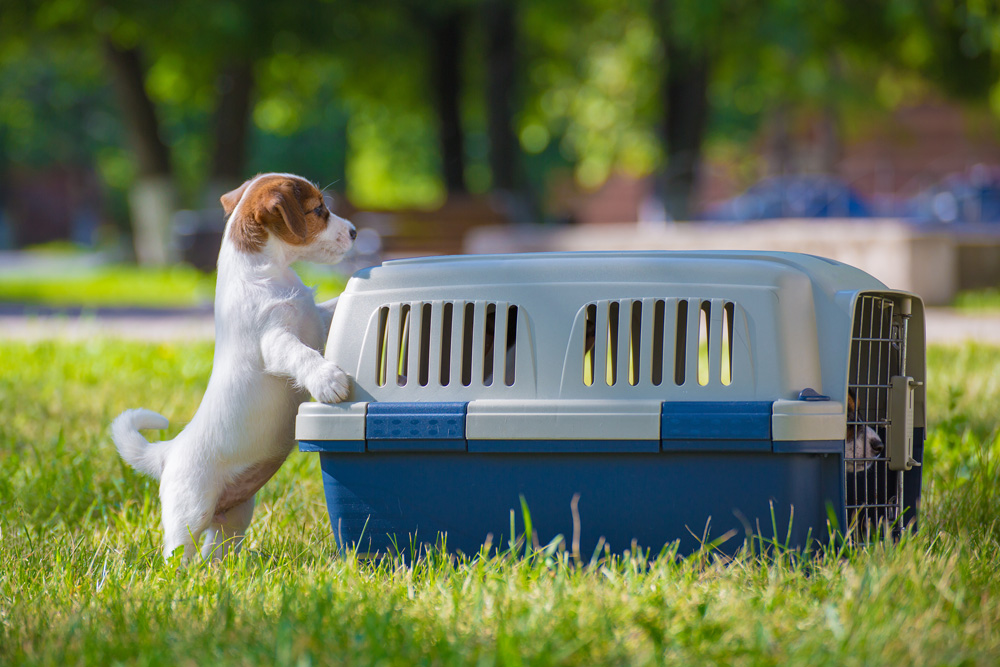
To ensure your new puppy gets home safe and sound, follow these guidelines.
Pack your car before picking up your new puppy:
- Travel carrier/crate* with soft, comfortable bedding
- Secure the carrier in the car so it does not move around during the drive
- Leash & collar
- Towels, plastic bags, cleaner (in case of accidents)
- Potty-pad
During the ride home, your puppy may sleep or cry. Please be patient and understanding as they have left all their familiar surroundings and will need some time to adjust. Although you are the best thing to happen to this puppy– they just don’t know it yet!
Should you have a long ride home (more than an hour) you should stop for a “potty break” as puppies need to do this often. Be extremely careful in public places as there is a danger of the puppy contracting a serious illness when they are not yet fully vaccinated. To ensure you are being as safe as possible, you can place your puppy on a potty pad rather than the ground.
Introducing Your Puppy to Their New Home
It is time to show your puppy their new digs! During this time, make sure everyone stays calm and relatively quiet, as loud noises can unsettle a new pup. Read your puppy’s body language and react appropriately. They may feel overwhelmed and stressed so you will not want to add to that by piling on even more overwhelming sensory experiences. If you have other pets, keep them separate into another room while they puppy is still adjusting to the new people.
It’s best to introduce your puppy to all the members of the family, even your baby, preferably one person at a time. Try to give them the chance to meet them all in a nice way to begin building trust.
Do not force your puppy into anything. Allow the exploring to happen at their pace. Gently guide them to where the food and water is kept and take them outside as soon as possible to show them where they go potty. Bring some treats to reward them if they happen to relieve themselves in the designated potty spot!
Potty Training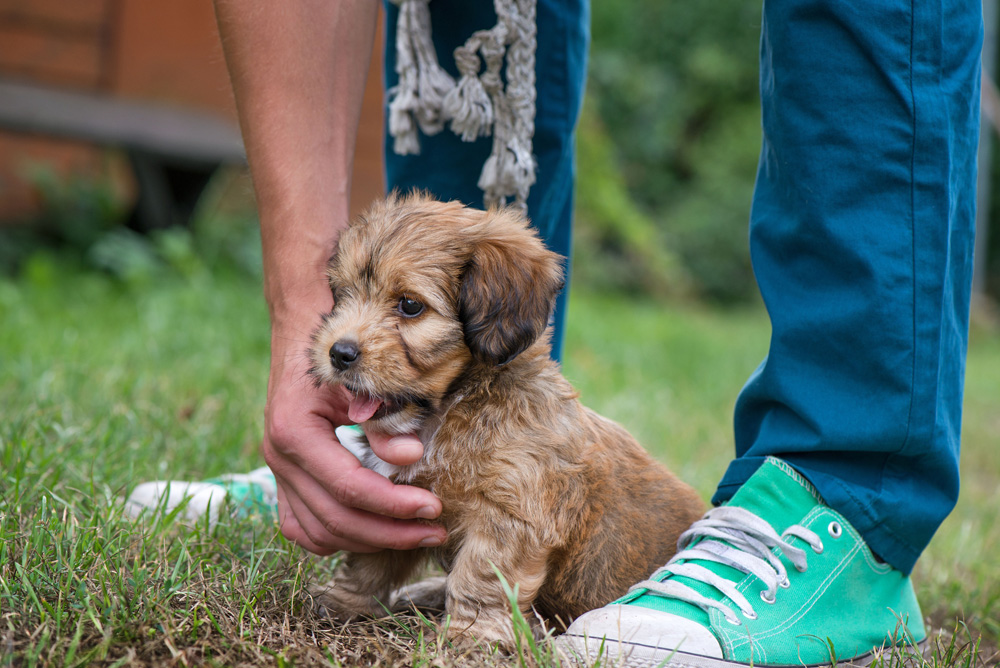
Training should be started as soon as the puppy gets home. This does not mean you are immediately barking demands at the dog, but you are gently showing them the ropes and building up to training sessions. When you happen to read some of the best dog training books, you will know that consistency, patience, and dedication are keys to training, and it will be totally worth the reward!
If you do not have direct access to an outdoor area for going potty, put down a “wee wee pad” or grass pad by a door. Puppies cannot hold their tiny bladders very long at first and will need to eliminate every 1-2 hours, so take them outside to relieve themselves as often as needed.
It is best to do this on a leash so they don’t get distracted and play around. They will then begin to associate the leash with pottying and going outside.
Puppies will have accidents, so try not to get angry or frustrated with them. Yelling after the accident has occurred does not help as it is confusing and they will associate this action with fear and anxiety. Be patient and encouraging and they will learn. Aim to take your puppy out approximately 10-15 minutes after eating or drinking and immediately after puppy wakes up or has a vigorous play session – your consistent efforts will pay off even though it seems overwhelming at first.
We promise it will get easier over time!
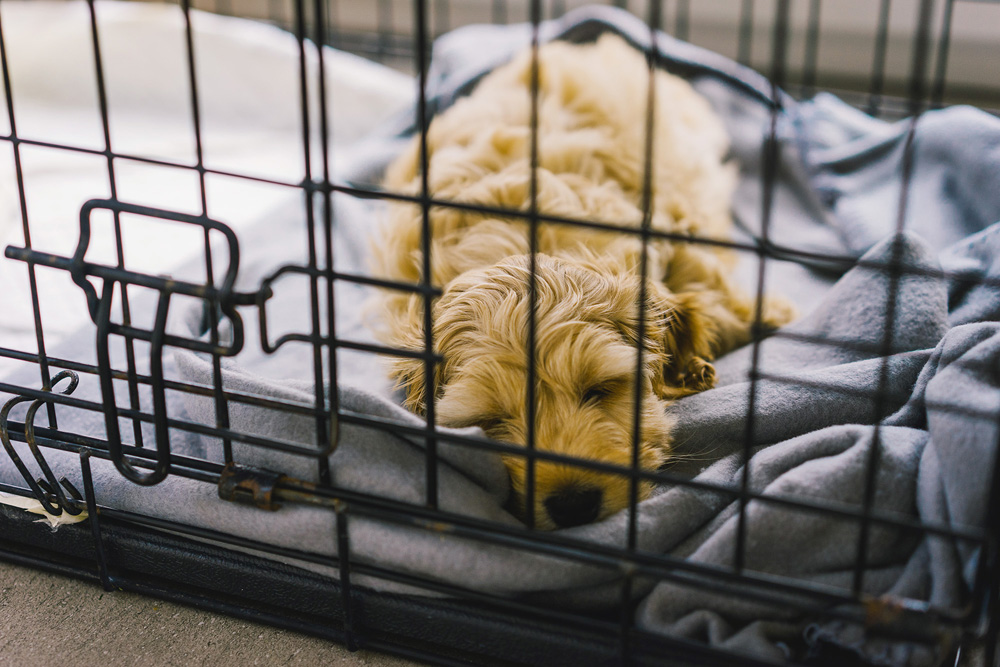 Sleeping and Overnight
Sleeping and Overnight
The first night can be the hardest, but some puppies are used to a crate or kennel and will sleep just fine through the night. Always take the puppy out to go potty before bedtime.
Dogs love routine, so establish a ritual every night and keep it as consistent as possible. The crate can be covered with a light sheet or blanket (that allows air flow) to help them feel more secure.
A Snuggle Puppy toy with a heartbeat is a good choice because it simulates another puppy sleeping next to them, just like in a litter. This helps with any anxiety or stress being alone.
Your puppy may cry or whimper but do your best to ignore it to allow the puppy to “figure it out.” Eventually they will settle. Like babies, if you pick them up or let them out of the crate every time they cry, they will expect it and continue to cry for attention.
Provide Safe Toys for Puppies
It’s in the puppy’s nature to keep on chewing as they are teething. That said, providing them with appropriate and soft toys will help greatly. You may also give them a dog teeth cleaner toy to maintain their oral hygiene.
Make sure that if a puppy destroys a toy with stuffing, you take it away and clean it up. You do not want to allow your puppy to ingest stuffing as it can cause problems internally.
Monitor your Puppy
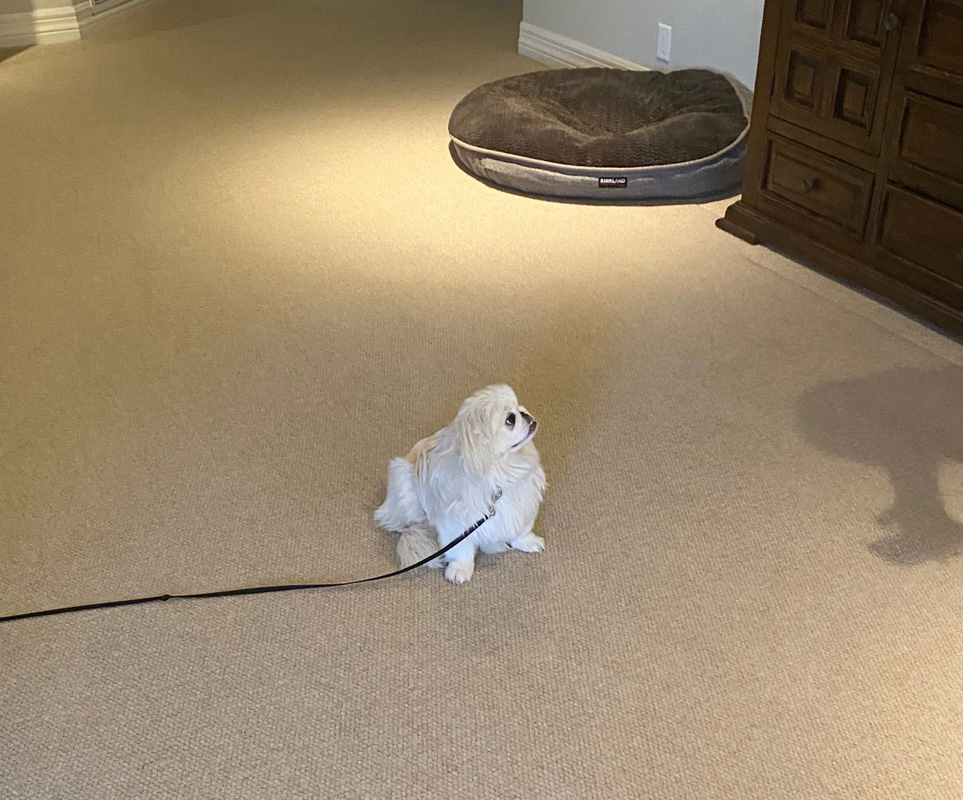
Puppies are vulnerable and sensitive. One way of monitoring your puppy is by keeping a close eye on them. They should be supervised or at least within your vision during their early days
When you cannot give your new puppy your full attention, try to Umbilical Cord Method. Keep them on a long leash in your home so they do not have too much freedom to explore and get into mischief. Keep the leash attached to you so you know where they are.
Crate Training
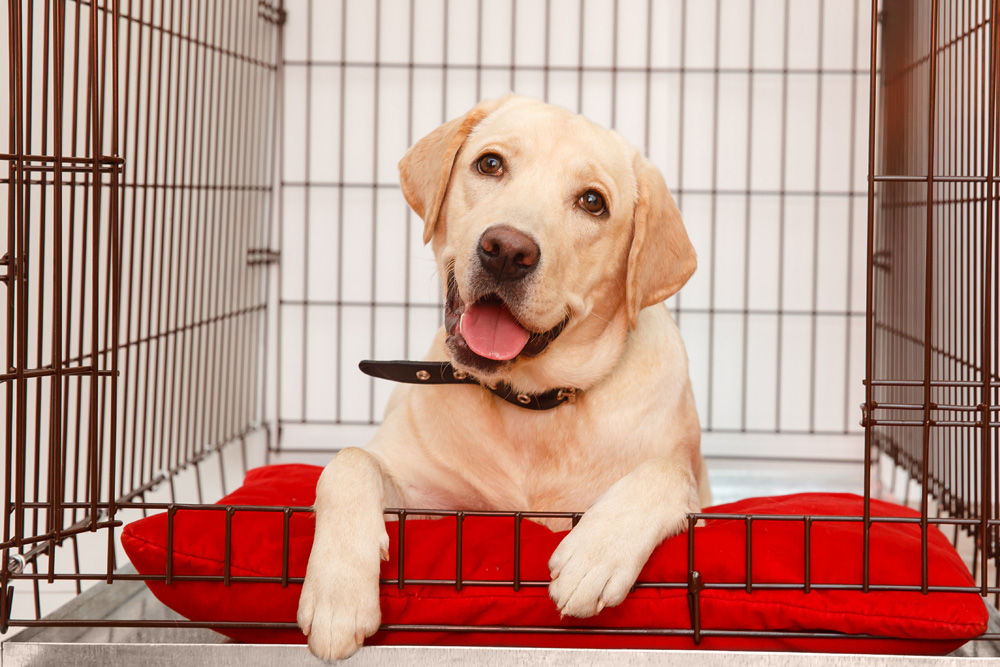
The crate is a great tool for potty-training and keeping your puppy safe when you cannot be there to watch over them. Get them used to the crate by introducing them to by feeding them inside it, playing games, and lots of positive praise and reinforcement. Do your best to make the crate a positive experience for your puppy.
Use another key phrase like “crate up” or “kennel” that gives the puppy an upbeat command to go into the kennel, and always reward the puppy initially when they go in on their own. Your puppy may cry or whimper at first if the door is closed but gradually increase the amount of time you keep the puppy in there, maybe 5 minutes, then 10 and gradually day by day increase it. Allow the puppy to settle and once he/she is quiet reward them.
Some people struggle with putting their dog in a “cage” but rest assured that this is the best way to keep them safe and teach your puppy to be content on their own. Giving them constant attention and freedom 24/7 can lead to separation anxiety.
Conclusion
Dogs are indeed man’s best friend, and it starts when they are puppies. Training them will help you get the most out of your relationship with your dog. You may seek advice from the best dog training books to better help them adjust.
As your puppy grows, be sure you are working with a veterinarian to ensure they are on a proper vaccination schedule. They should be seen within a week of being brought home for a wellness check. Read more about how to be a Responsible Pet Owner here. If you follow this advice, you are well on your way to one of the greatest joys in life, raising your very own best friend for life.
Best of luck on your journey!
